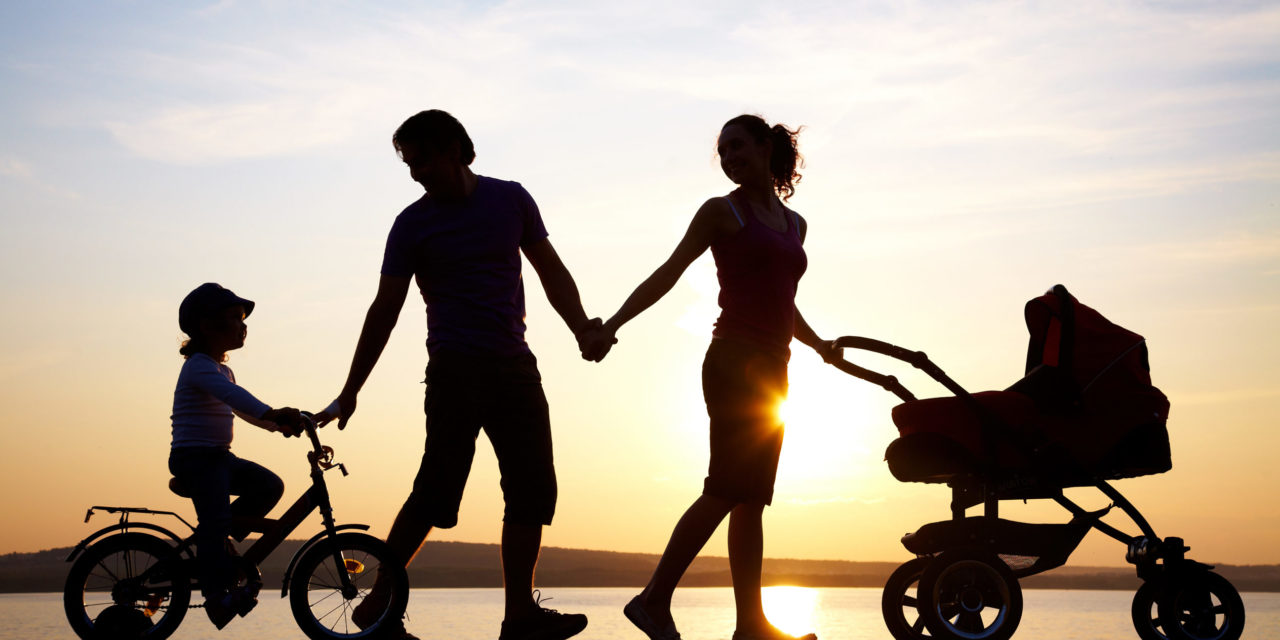It is often claimed that the home is the most dangerous place for women and children. But this is usually cited by family revisionists who advocate for all alternative family forms other than married-for-life mother and father raising their own biological or adoptive children. Their partisans in the mainstream media are all too happy to parrot these statements, leading to the seemingly unquestionable conclusion that marriage is actually harmful to women and children. But is this really true?
No, it is not.
Decades of very strong and sophisticated sociological and medical research has consistently shown that marriage is actually a very positive dynamic in protecting women and children from all forms of domestic violence. This is demonstrated everyway we know how to analyze the data.
A married man with a ring on his finger is dramatically less likely to abuse his wife and children compared to men who are simply drop-by boyfriends or live-in partners. Few life factors make as much protective difference here for women and children as marital status. Brad Wilcox, a leading sociologist from the University of Virginia, pointed this out some years ago in the pages of The Washington Post. He explained,
The bottom line is this: Married women are notably safer than their unmarried peers, and girls raised in a home with their married father are markedly less likely to be abused or assaulted than children living without their own father.
In fact, Wilcox explains that U.S. Department of Justice (DOJ) data shows “married women are the least likely to be victimized by an intimate partner” (emphasis added) compared to divorced, dating, and cohabiting women.
What is more, married women are least likely to be victims of violent crime in general, either by their partner, an acquaintance, or stranger compared with women in any other relational category. This is because a husband is more likely to be around his wife in a protective manner or simply discourage her from putting herself in potentially dangerous situations in public, like going shopping late at night by herself.
Specifically, DOJ data shows that never-married women are four times more likely than married women to be victims of intimate partner violence. Divorced women are three times more likely to experience violence from a man than are married women. This same U.S. government data shows single women with children experience rates of intimate partner violence (IPV) at rates 10 times higher than households where the woman is married to her children’s father.
This means the nature of the relationship between the man and woman is a dramatically stronger protector of the woman than the simple fact of a man’s presence or absence in the home. The ring matters.
The same is true for children’s safety and protection. They are much safer when they are living with their married, biological father. The comparison numbers are not even close, as demonstrated in this chart featured in Professor Wilcox’s Washington Post piece.

Dr. Wilcox points to other U.S. government data explaining that children living with two married biological parents are extremely unlikely to be sexually abused, but their peers living in a home with an unmarried mother and her boyfriend are about twelve times more likely to be sexually molested.
The medical journal Pediatrics reports that “[c]hildren residing in households with unrelated adults were nearly 50 times as likely to die of inflicted injuries than children residing with 2 biological parents.” And marriage is what ties biological parents together into dramatically safer living situations for children.
And just as women are much less likely to be victims of random violence by strangers if they are married, the same is true for children if they live with a married mother and father. The comparisons are dramatic. Married parents are almost twice as protective compared to biological cohabiting parents. Marriage matters.

Why Is Marriage Protective?
Of course, the big question is why? Why does marriage tend to protect women and children so dramatically from the dangers of physical, sexual, and emotional abuse?
The most likely reason is that marriage changes us for the better. Particularly men.
Regarding children, biological fathers rarely abuse their own children physically or sexually. But this is not the case for step-fathers and live-in boyfriends. This is simply because biological fathers who are married to their children’s mothers have a much greater vested interest in caring for and protecting their own children. This fact is shown time and again in the scientific literature and government crime statistics.
Regarding women, married men tend to act very differently than their unmarried peers. There is something about the clarity and permanence of marriage that settles men down, causing them to invest more in the women in their lives, protecting and caring for them and their common children. This is one of the reasons why married women are less likely to be victims of any kind of violence. The man in their life with a ring on his finger is simply more attentive to and protective of her well-being.
As George Gilder explained decades ago in his masterpiece Men and Marriage, marriage changes men dramatically. And for the better. Much better. And a mountain of sociological data has only continued to prove this is true.
But this recent research is only confirming old truths. Just consider the etymology of two key words: matrimony and husband.
The first comes from the Latin, matrimonium, meaning literally “obligation to the mother.” Since it is virtually impossible for a mother and her child to thrive by themselves, marriage arose in nearly every civilization throughout time as the means to have the impregnating male take responsibility for his own child and the mother. The process of marriage changes him from a sexual opportunist into a familial investor. He begins to contribute to the well-being and care of his wife and their children. The surrounding community also expects the male to fulfill his obligation, so it doesn’t have to. It is why marriage is a deeply public act and no society has found a way to function without it.
Thus, the good man steps up, and in doing so, becomes a husband.
This important word stems from the Old Norse, meaning literally house dweller: hús (“house”) bóndi (“dweller” and “bonded serf” or “slave”). The husband settles down and confines himself to a particular household, serving and providing resources for its inhabitants. He becomes a whole other kind of man, taking full responsible for his sexuality and his part in the coming generation.
This is why marriage changes men and protects women and children. And it has been doing so for untold millennia.
Internationally True
A new study just highlighted by the Institute for Family Studies shows the affect of how marriage changes men and protects women is truly international. The author of this new study, Alejandro Cid, Associate Professor of Economics at the Universidad de Montevideo, explains, “We find that married women suffered less violence than cohabiting women for each singular type of violence, even after controlling for education, age, locality, wealth, and personal violence history.” Professor Cid adds, “For nearly every one of the 47 types of intimate partner violence reported in the surveys, marriage is associated with a lower incidence of IPV [intimate partner violence] suffered by women.”
Cid agrees with previous findings for why this is, “Marriage provides a framework that seems to foster investment” in one another, rather than selfishness. He adds, “married couples also seem to act more cooperatively, investing more time in their relationship itself. This may help to explain the lower rate of violence that married women suffered, but this mechanism deserves more research.”
So do not accept the untrue, but often claimed, charge that husbands are dangerous individuals and that a woman and her children are much safer on their own. This may be the story family revisionists wish was true, but the best data tells a much more hopeful, safer truth.
Marriage is profoundly protective.
Photo from Shutterstock.






